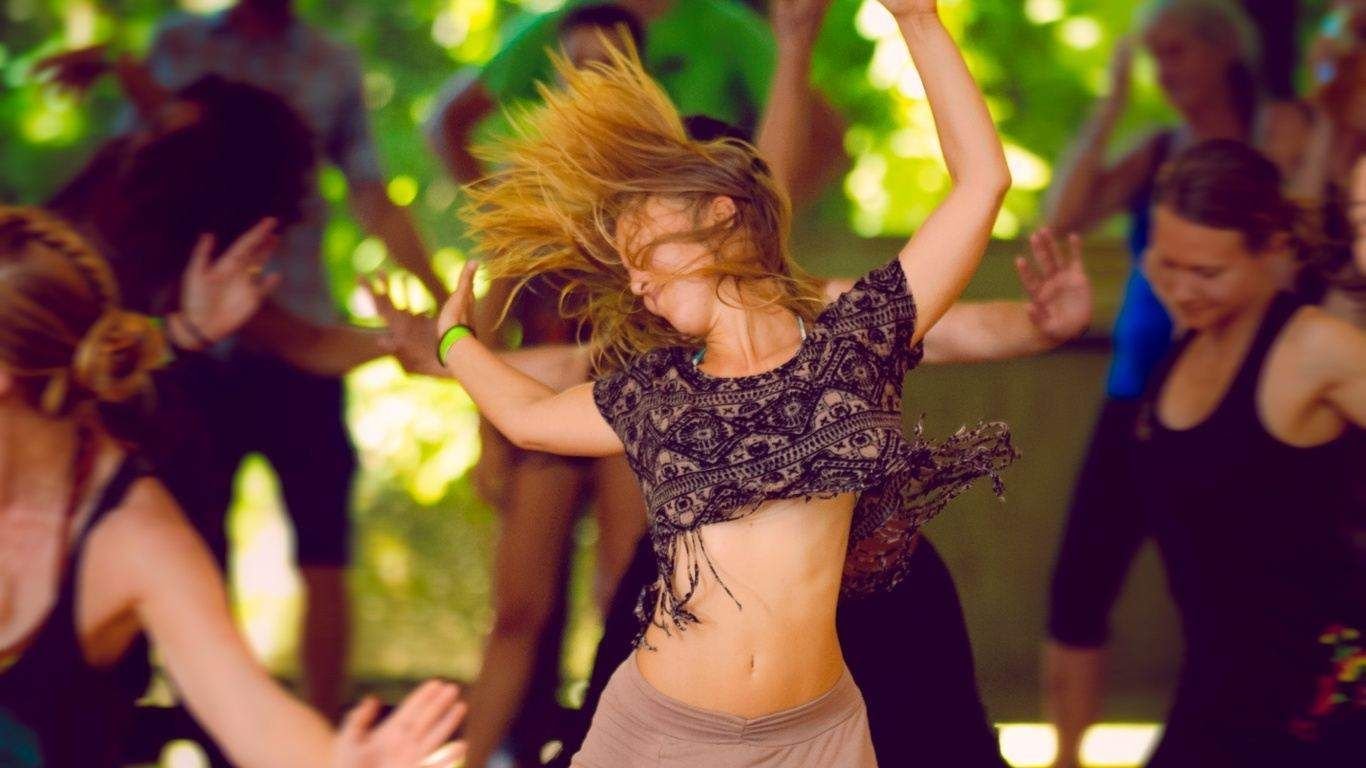
ECSTATIC DANCE
Ecstatic Dance is a form of movement meditation that emphasizes free expression, creativity, and non-judgment. It is often practiced in a group setting and involves dancing to a variety of music genres, from ambient and world music to electronic and trance.
The principles of Ecstatic Dance include respecting yourself and others, letting go of self-judgment, and allowing the music to guide your movements. There are no set dance moves or choreography, and participants are encouraged to move in whatever way feels natural and authentic to them.
One of the benefits of Ecstatic Dance is its ability to regulate the nervous system and promote the production of feel-good chemicals naturally. Research has shown that dancing can increase the production of endorphins, which are the body's natural painkillers and mood enhancers. Dancing can also increase the production of serotonin and dopamine, which are neurotransmitters that help to regulate mood, appetite, and sleep.
In addition to its physiological benefits, Ecstatic Dance can also have psychological and emotional benefits. It can help to reduce stress and anxiety, improve self-awareness and self-confidence, and foster a sense of connection and community.
The practice of Ecstatic Dance is rooted in the belief that movement is a natural and essential part of human expression and healing. By allowing ourselves to move freely and expressively, we can tap into our inner wisdom and intuition, and connect with our bodies and the world around us in a deeper and more meaningful way.
